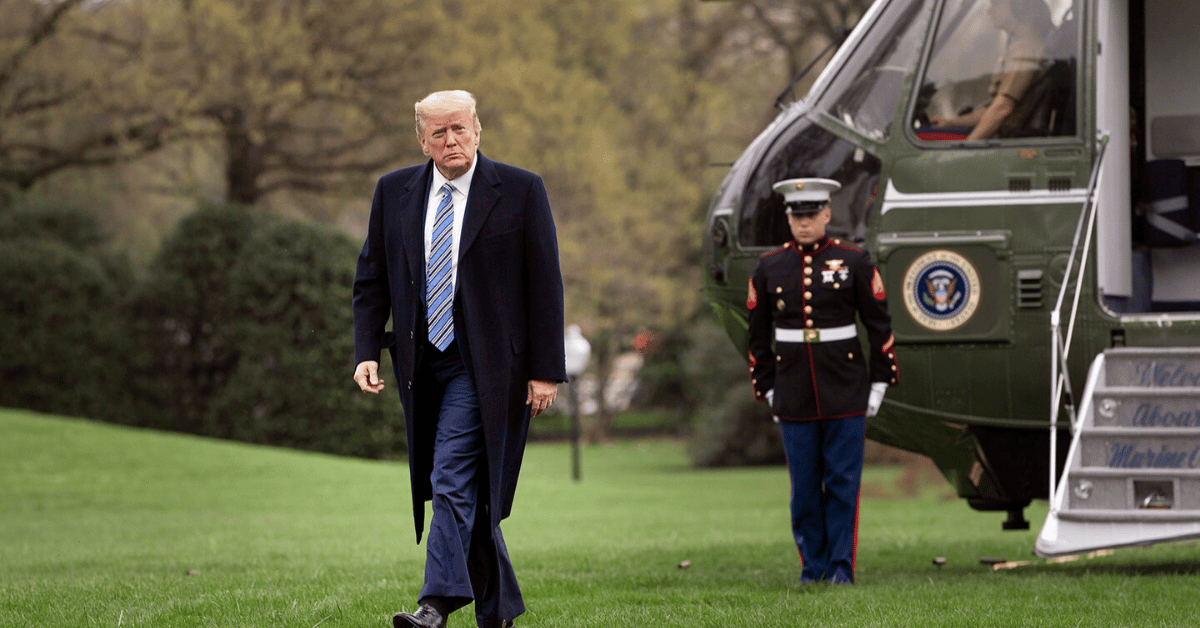



In a move that could shift economic dynamics for the auto industry, President Trump has declared a 25% tariff on foreign-made cars and trucks set to commence on April 2.
Breitbart reported that this measure aims to bolster domestic manufacturing and rectify trade disparities, though it risks heightening vehicle costs for consumers.
On Wednesday, the president unveiled his decision to apply the tariff universally, affecting countries with existing free trade agreements, including Canada and Mexico.
This plan will levy charges on finished vehicles, encompassing even those of American branding that are manufactured abroad.
The administration's primary goal is to encourage manufacturers to move their operations within the U.S. by making imported cars less attractive due to the increased pricing. Trump stated, "What we’re going to be doing is a 25 percent tariff on all cars not made in the U.S."
In his announcement, the president suggested that this policy would benefit companies with existing U.S. plants, labeling the initiative as "very exciting."
By aiming to generate $100 billion annually from tariffs imposed on $400 billion worth of transactions involving foreign cars, the administration is focusing intensely on economic gains.
However, concerns remain regarding the full scope of the tariff, particularly its impact on car parts. Amid discussions about possibly offering leniency to some countries, no definitive guidelines have been established.
Automakers based in the United States, such as Ford and General Motors, which rely significantly on imported inventory, might face challenges adjusting to the new tariff environment. The increased fees could lead to a restructuring of import strategies or increased production within national borders.
Proponents argue that these tariffs could spur job creation and stimulate the construction of new plants within the country. A more substantial domestic output might lead to increased employment opportunities in manufacturing and related sectors.
Nonetheless, such changes come with the caveat of potentially higher production costs, which could inadvertently affect car prices for American consumers. Shifting manufacturing back to the United States often implies increased labor costs and adjustments in supply chain logistics.
The direct consequences for car buyers could manifest as steeper prices for imported vehicles, given the tariff's impact. This financial burden may alter consumer behavior, possibly shifting preferences towards home-produced or more affordably sourced vehicles.
Furthermore, the automobile market may see a competitive shift as brands reconsider pricing strategies to accommodate tariff-induced cost increases. This development piques interest in how marketing and sales tactics might adapt to maintain consumer interest and market share.
While the tariffs' implementation unfolds, the broader economic ripple effects on international trade dynamics and long-term bilateral agreements remain a matter of global interest.
As negotiations continue, the potential for leniency or exemptions has been hinted at, yet with scant details on execution or specific criteria. Countries currently engaged in trade talks with the United States are undoubtedly monitoring outcomes closely.
The administration’s pursuit of these tariffs aligns with broader objectives to renegotiate trade terms that favor U.S. interests. This aspect will test diplomatic relations and trade policies on the international stage.



